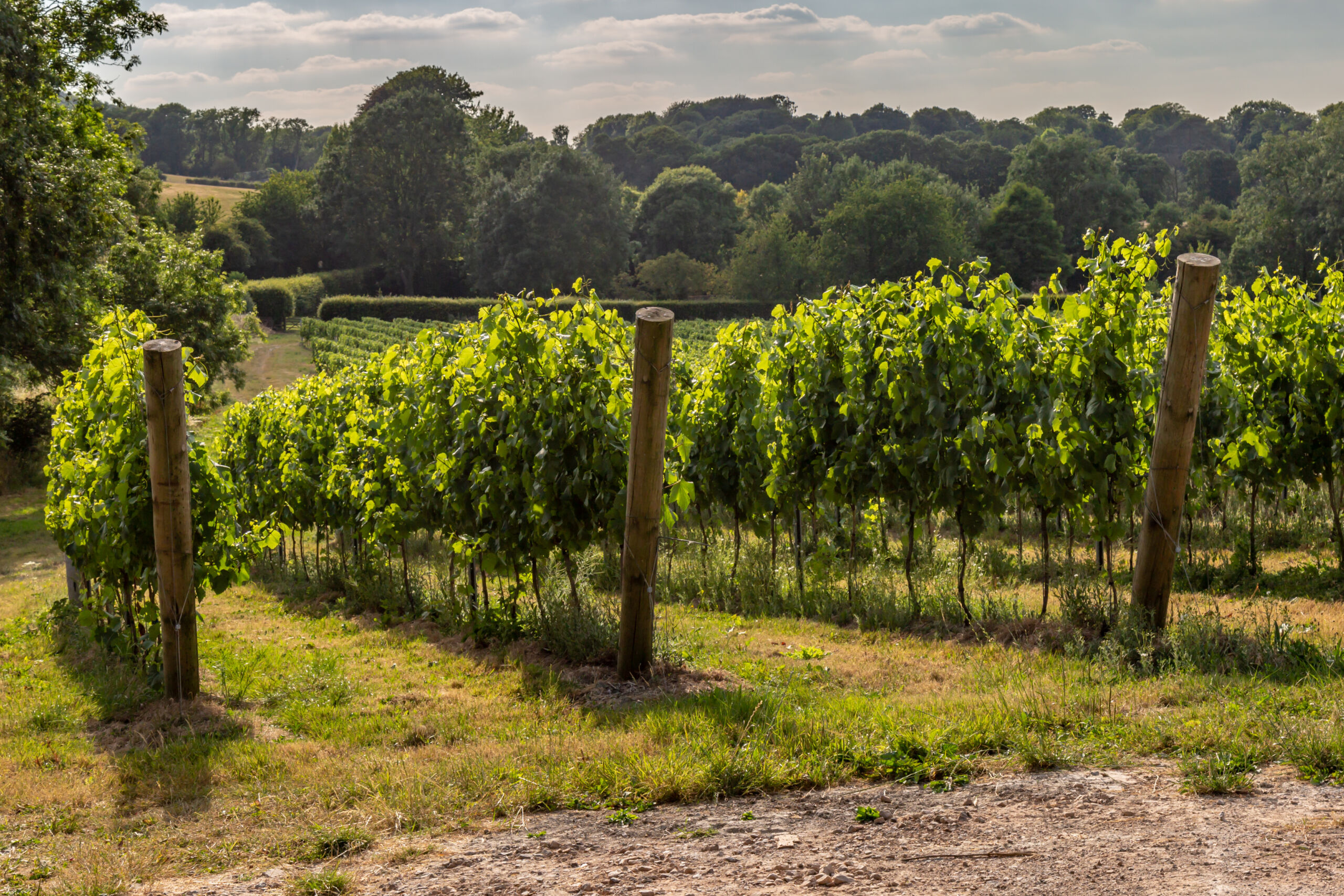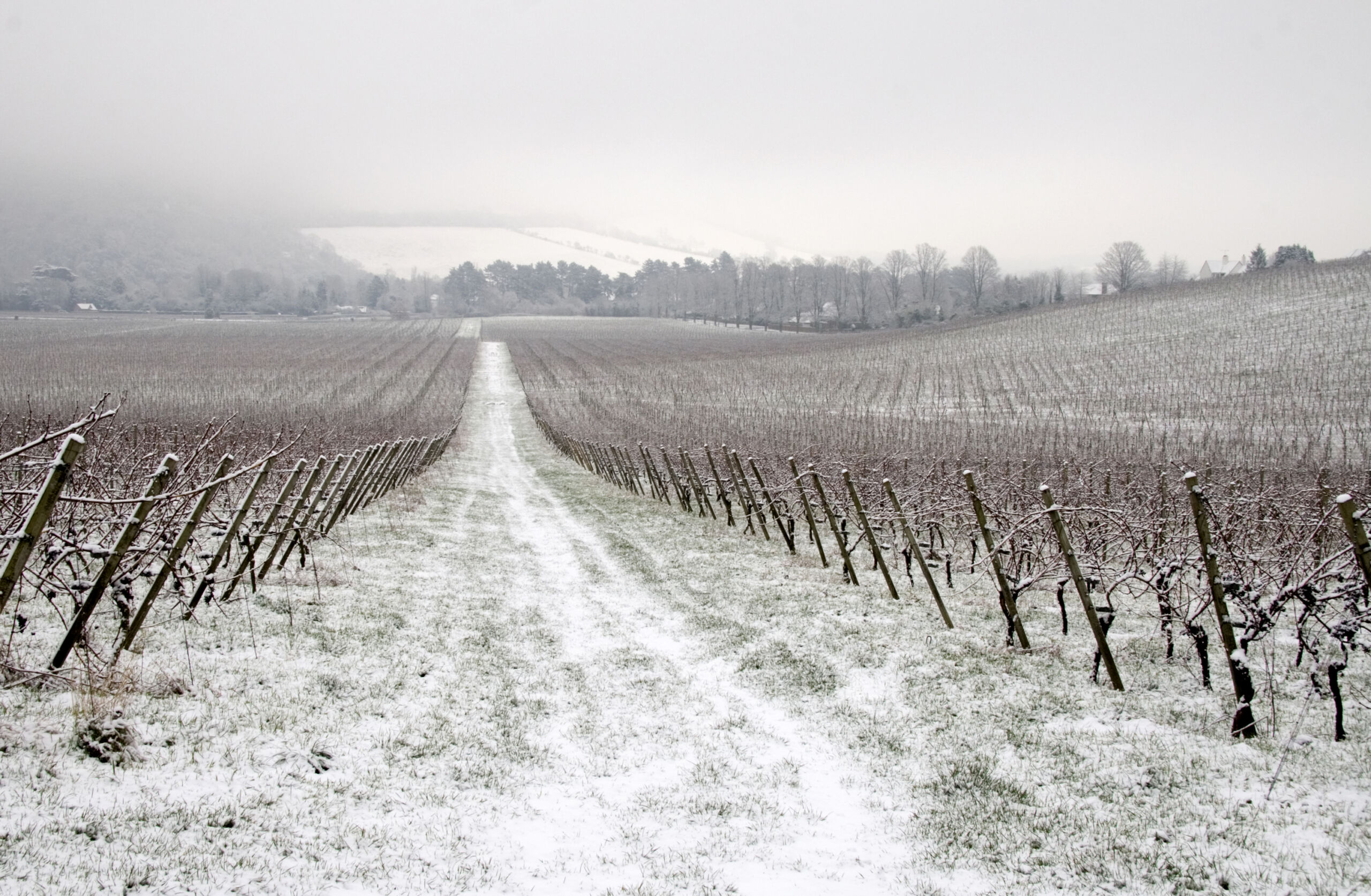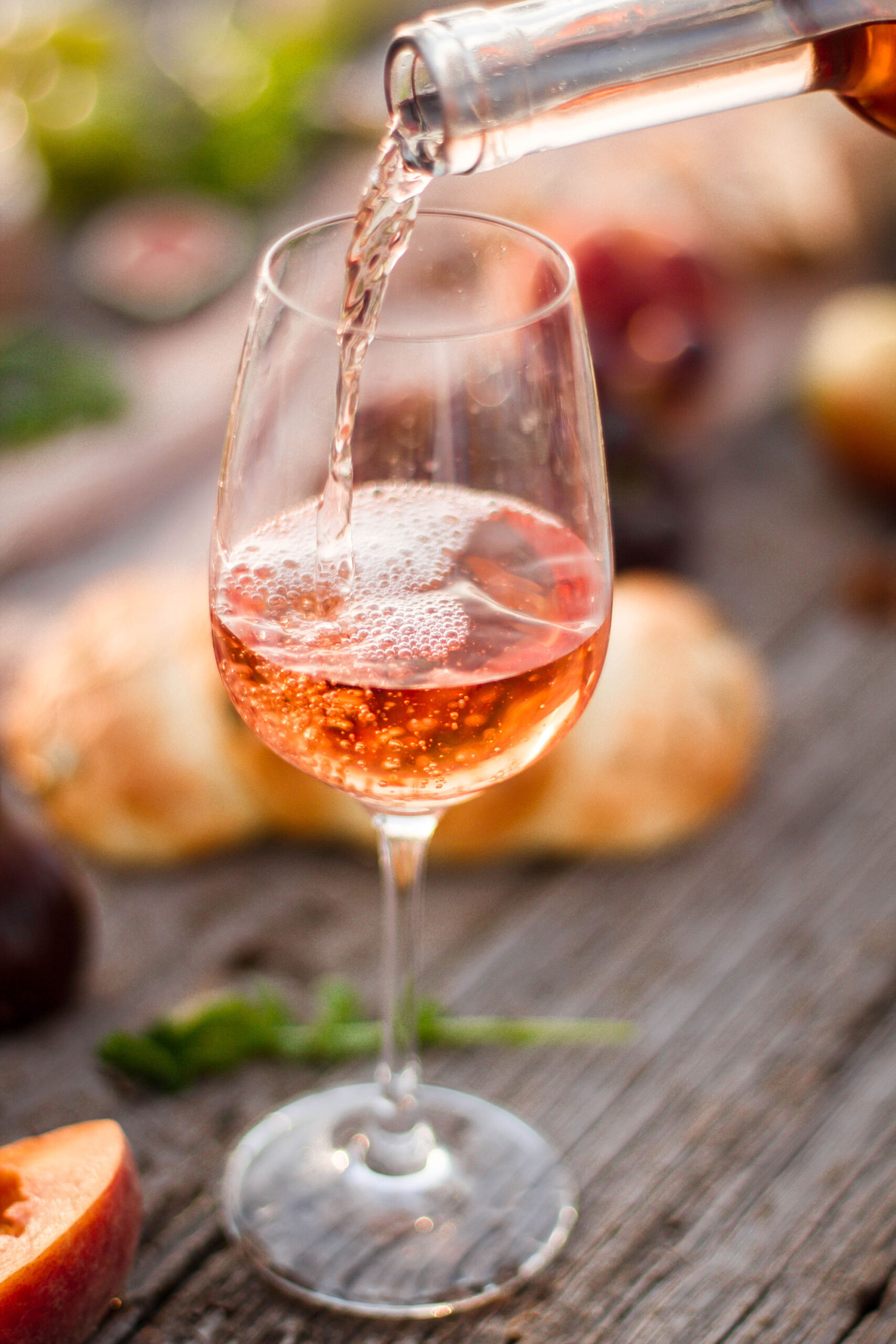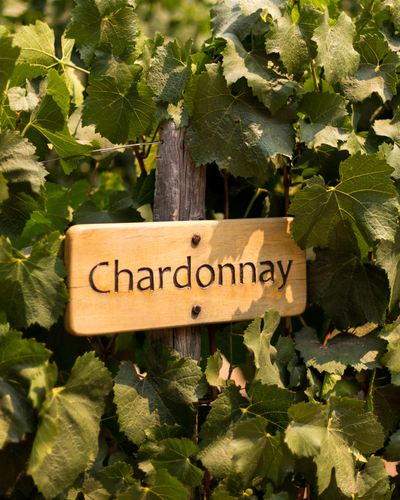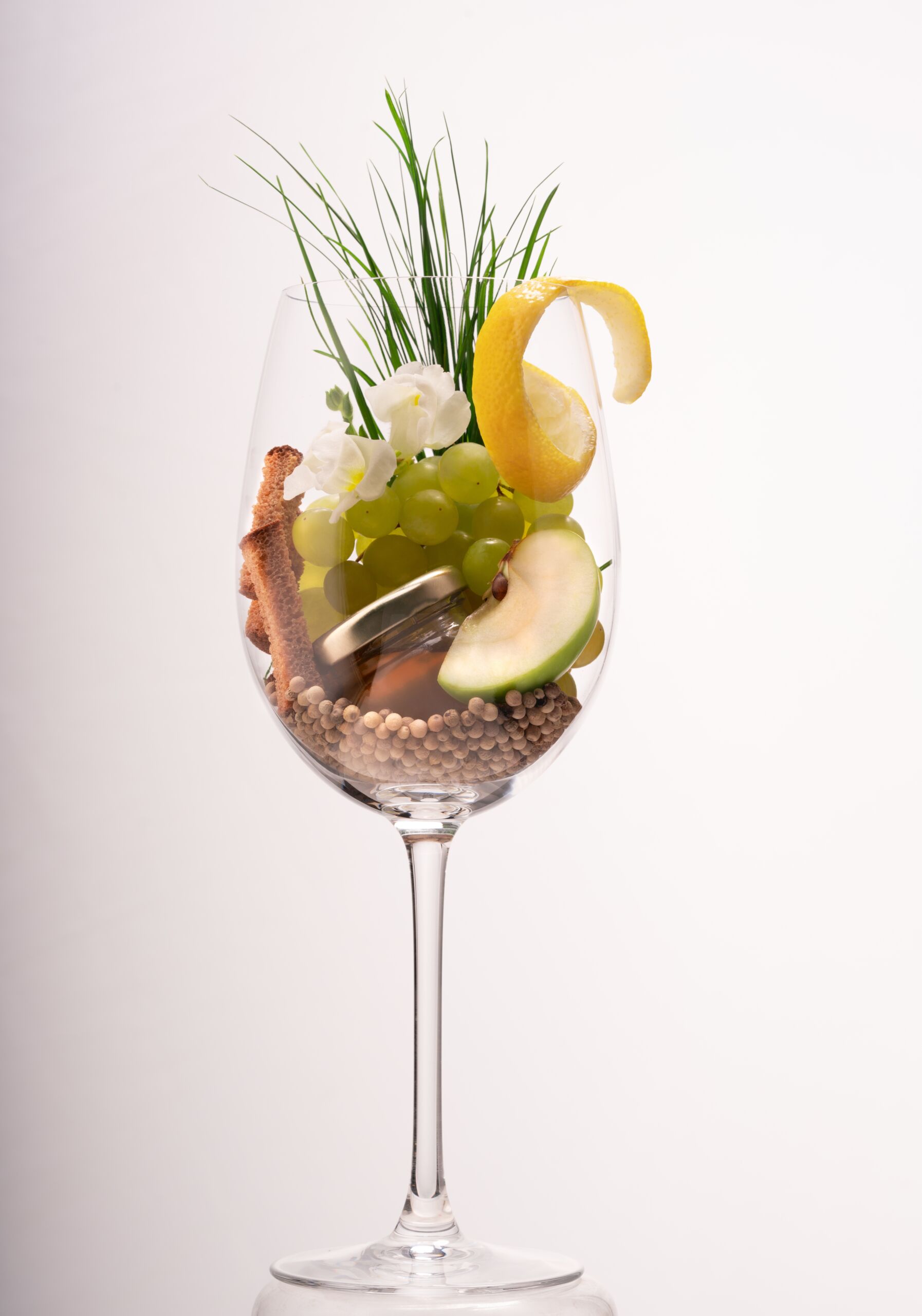In this Blog post, I thought we could have a look at British Wine to celebrate Welsh Wine Week – 4th to 13th June, and English Wine Week – 19th to 27th June.
Mention British wine to a group of aficionados of the fermented grape juice and you’d probably expect a range of reactions from subdued sniggering to open hilarity – but, it could just be that you’ll get some knowing nods and murmurings of approval. Because British wine is not now regarded as the laughing-stock of the wine world – especially when, in more than one industry tasting, fizz from the south of England has beaten ‘proper’ Champagne.
Although vines were planted by the Romans and have enjoyed a love-hate relationship with the vagaries of the British climate and taste since then, it was in the middle of the 20th century that the prospect of producing wine on an albeit modest commercial scale took root. Since then, however, vine growing in Great Britain has increased dramatically.
In fact, in 2019 a survey by Wine of Great Britain showed that there were more than 770 vineyards throughout Great Britain, covering a total area of some 3,500 hectares – up 150% in ten years – with the vast majority – more than 80% – being found across the south of England from Cornwall to Kent. And it appears that more than 25% of current grape growers envisage planting even more vines over the next three years.
As you would imagine, production is up too. In 2015 there were the equivalent of 5.06 million bottles produced which by 2019 had increased to 10.5 million bottles. Of these, just 10% were exported, mainly to Scandinavian countries (34% of exports) with the USA also welcoming British wine (17% of exports) along with Canada (17%).
But which varieties are proving to be the most suited to our climate? By far the most widely-planted are Pinot Noir and Chardonnay, which together make up 65% of all plantings. Next in line is Pinot Meunier with 13%. It’s not surprising if those three varieties in combination ring some bells – they are the classic Champagne varieties. No wonder, then, that in the south of England where the majority of vineyards can be found, wine makers have been concentrating on producing sparkling wine made by the same method as Champagne. In fact, the production of sparkling wine made up for 72% of the total wines made in 2019.
There is an increasing number of still wines being made not only with Pinot Noir and Chardonnay, but also with Bacchus, Seyval Blanc, Pinot Gris and Rondo, all of which manage to cope with the British climate which is gradually changing: mean July temperatures across southern England now routinely approach 18°C rather than struggling to reach 15°C which was the norm in the 1980s.
As well as producing wine on a commercial basis, many vineyards have seen the advantage of opening their gates to tourism. Imagine the scenario: you’re sitting on a café terrace overlooking the very vines that have produced the grapes that have gone into making the glass of mouth-watering wine that you’re enjoying.
No this isn’t France, Spain, Italy or Portugal – it could actually be in Britain where many vineyards now have eateries attached. In addition, clusters of regional vineyards have joined together to create vineyard ‘trails’, such as The Vineyards of Hampshire, or Wine Trail Wales: closer to home, a trail is being developed to encompass vineyards in Yorkshire. The development of tourism is not only good for tourists, of course: the local economy will benefit too.
If you would like to dip your toe into British wine as it were, have a look at what The Wine Shed has to offer. And if you are looking for a top-quality fizz, I can highly recommend Black Chalk from Hampshire our Wine of the Month – I guarantee you won’t be disappointed.
By Maureen Little

